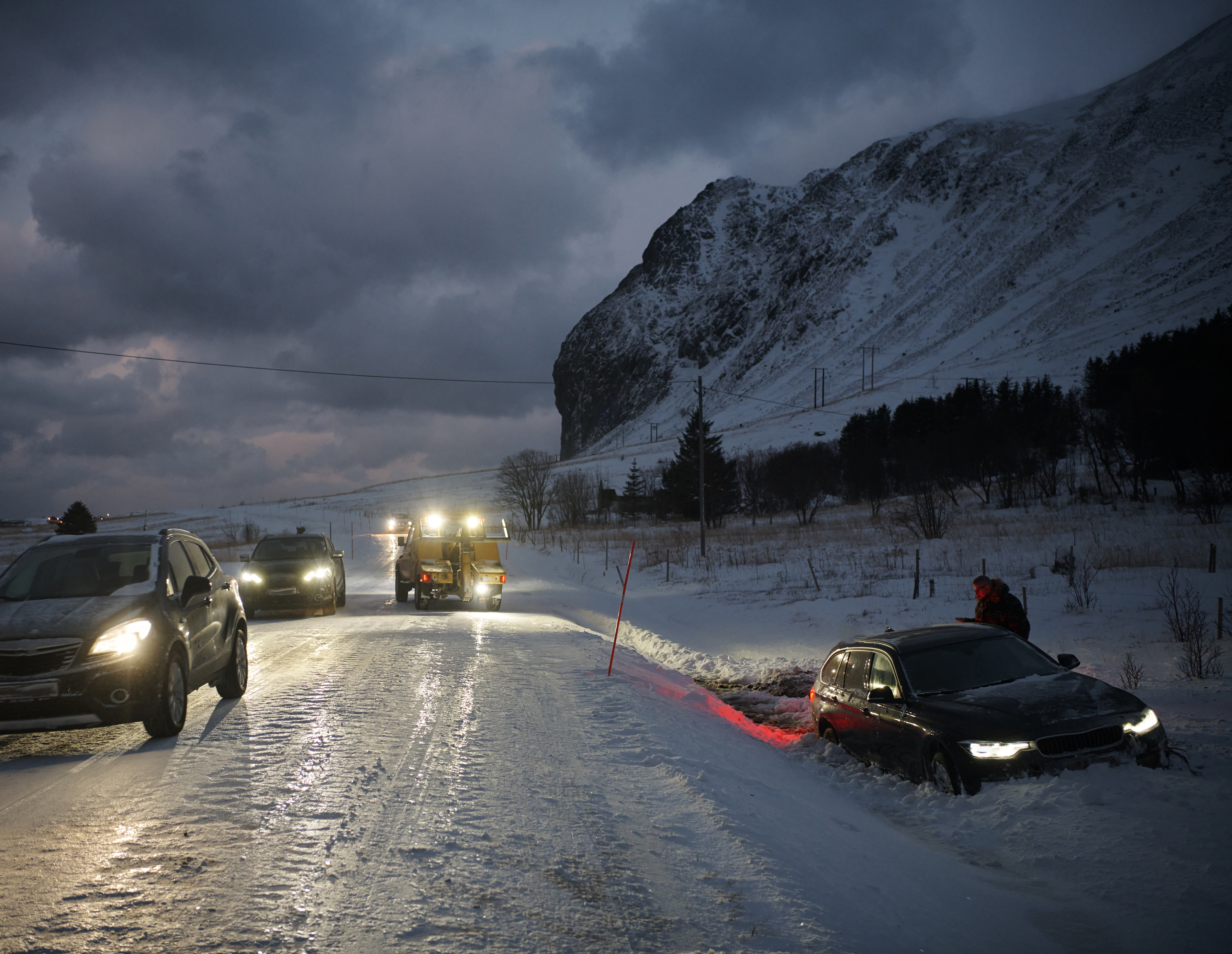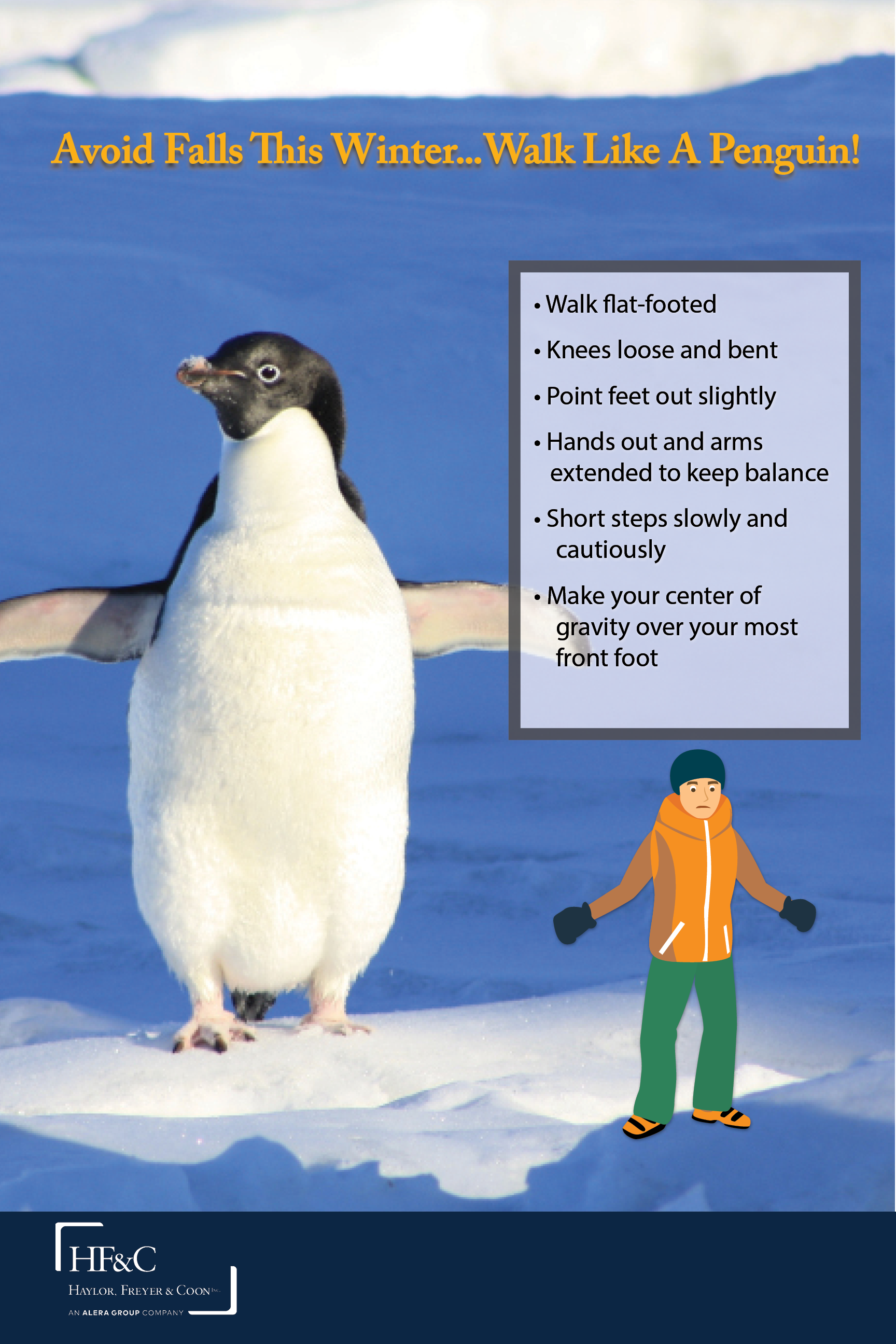Keeping Safe with Winter Driving

You know if the Bills Game gets moved, winter weather is upon us!
This is a good reminder that it is time to think about what is in your vehicle when you hit the road.
Items to keep in your car kit during the winter
- Flashlight – Nighttime or near-blizzard conditions can decrease visibility to near-zero. A bright flashlight can provide much-needed light to either work on getting back on the road or signal to others for help. It’s smart to keep extra batteries in your emergency survival kit.
- Bag of cat litter – For those new to winter weather, icy conditions greatly reduce your tire traction. To get your car unstuck, pour non-clumping kitty litter in the path of your tires. Other alternatives include sand or road salt.
- Snow shovel – If snow starts piling up around your car on the side of the road, you’ll need a shovel to help you clear a path or uncover your car. Keep your car visible to rescue teams by limiting the amount of snow surrounding it or covering your tail lights.
- First aid kit – A basic first aid kit can come in handy in the event of minor scrapes or pains, but even more so if you’re stranded. If you take daily medications, you should also pack extras away in your kit.
- Ice scraper – People familiar with winter weather know how vital a windshield scraper is for getting ice and snow off of a windshield. During a deep freeze or emergency situation, you don’t want to waste time — or your car’s battery — waiting to defrost a thick sheet of ice on your windshield.
- Jumper cables – Speaking of batteries, you’ll need to be able to jumpstart your car if the battery goes dead. While jumping a car is common, it can be dangerous if you don’t do it correctly. Most importantly, reduce the risk of sparking by never touching the clamps end to end and avoid any moisture near the cables.
- Water – Dehydration is a serious threat when you’re stranded. Keep a large jug of water—preferably glass—in your car for emergencies. Replace the water every few months since it may go through extreme temperature changes inside your car.
- Blanket – Pack a large, thick blanket away in your car to keep you warm in winter weather or to use as padding in case you need to work on your car. Consider adding a reflective emergency blanket or sleeping bag to your kit too.
- Cell phone charger – This is essential for most drivers already but it won’t hurt to add an extra charger with a lighter adapter to your kit. Of course, this assumes you have enough gas and battery to keep your car running to get a charge so consider packing a portable phone charger too.
- Reflective triangles – Breaking down on the side of the road can put you at risk for passing drivers, especially in low visibility conditions. Put out reflective triangles to make your car more visible and protect from any hazards.
- Non-perishable snacks – Granola bars, nuts, crackers, dried fruit, and jerky are a few examples of snacks you can keep on hand in case you get stranded. Like the water, you should replace these every few months or sooner so they don’t expire.
- Matches – Waterproof matches or a lighter can provide some light and warmth in case of emergency. These small items hardly take up any space in your kit too.
- Toolkit – Similar to the first aid kit, a basic toolkit can be useful year-round in your car. From small repairs to changing a tire, keep these on hand in case you need them.
Other recommended items
- Extra winter clothes
- Snow boots
- Tire chains
- Duct tape
- Empty gas can
- Tow strap
- Fire extinguisher
- Road flare
- Snow brush
- Traction mats
Car maintenance tips to prepare for winter weather condition
- Swap your wiper blades
- Inspect your battery
- Keep gas in the tank
- Check your tires
- Test your lights
Winter driving tips to remember for the next winter storm
- Don’t idle your car first before driving it – The best thing to do to warm your car quickly during cold temperatures is to get in and drive. Most parts of modern engines can’t warm up just by idling.
- Never pour boiling water on the windshield- You could actually break the windshield if you do.
- What to do—and NOT do—when you hydroplane or hit black ice:
- Don’t accelerate or brake quickly because hydroplaning means you’ve lost traction with the road, and sudden changes in speed could cause you could spin out.
- If you have front-wheel drive (with or without ABS and traction control) or rear-wheel drive with ABS and traction control, look for open space and plan to travel in that direction.
- Accelerate just a little and steer gently – without sudden movements – in the direction of the open space.
- If you have a rear-wheel drive without ABS or traction control, you should still head toward an open space, but instead of applying pressure to the accelerator, ease off it as you steer to the open space.
- Never leave snow on your car or ice on your windshield – You’re in a hurry and you just want to get going. But no matter how rushed your morning has been, don’t forget to stop and wipe or shovel the snow off the top of your car before you start driving. Why? For one, a number of states have laws against driving with snow still on your car.
- Further, the snow on the roof of your car could easily slide and block your windshield when you break.
- Don’t use fog lights when there’s no fog
- Some vehicles have fog lights installed in addition to headlights, which are useful for seeing more clearly on foggy days (as the name makes clear). But using them in clear weather can be blinding to other cars on the road.
Take the time to prepare your emergency road kit and be ready for the unexpected. And if you are out walking around….Remember to Walk Like a Penguin!


